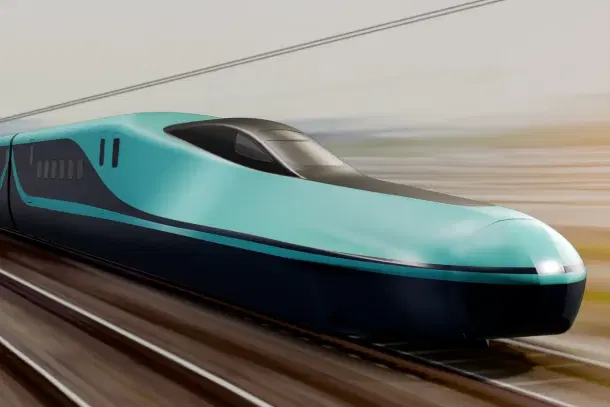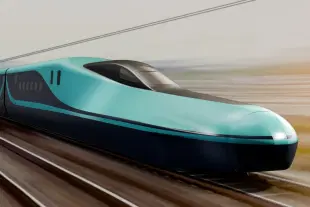News Brief
Mumbai-Ahmedabad Bullet Train: Next-Gen 'Shinkansen E10' On Agenda During PM Modi's Visit To Japan In August
Swarajya Staff
Jul 17, 2025, 10:04 AM | Updated 10:04 AM IST
Save & read from anywhere!
Bookmark stories for easy access on any device or the Swarajya app.


Prime Minister Narendra Modi's upcoming visit to Japan in August is expected to further solidify ties between the two nations, with a key focus on Japan’s new E10 Shinkansen bullet train technology.
Set to begin operations in 2030, the E10 series is being considered for the Mumbai-Ahmedabad high-speed rail project, which already incorporates Japan’s Shinkansen technology.
The collaboration between India and Japan began in 2015, with an agreement to use Japanese technology for India’s first high-speed rail network.
The E5 series was originally chosen for the Mumbai-Ahmedabad bullet train corridor, but the recent development of the E10 model has reportedly led to Japanese officials approaching Indian counterparts about incorporating this advanced technology instead.
PM Modi’s visit will reportedly include a tour of the Miyagi Prefecture plant, where the E10 prototype is being developed, and discussions will also focus on broader economic cooperation, including Japan’s $34.2 billion investment plan in India over the next five years.
The 508 Km Mumbai-Ahmedabad High Speed Rail (MAHSR) project, also known as the Mumbai-Ahmedabad bullet train project, will pass through the states of Gujarat, Maharashtra and the Union Territory of Dadra & Nagar Haveli.
The project has 12 stations planned at Mumbai, Thane, Virar, Boisar, Vapi, Billimora, Surat, Bhaurach, Vadodara, Anand, Ahmedabad and Sabarmati.
East Japan Railway Company (JR East) is planning to start commercial operations of its new E10 series of bullet trains in fiscal year 2030, which the Japanese government has already said it is willing to share with India.
JR East had announced the development of the next-generation Tōhoku Shinkansen train, designated as the E10 series, in March this year.
This new model is set to replace the existing E2 and E5 series, with design efforts commencing immediately.
The E10 series is scheduled for completion in September 2027, followed by test runs, and aims to begin commercial operations in 2030.
Earlier in January, Hindustan Times had reported that India and Japan may see the simultaneous launch of the latest version of the bullet train, Shinkansen E10, in 2029-30, and Tokyo.
India's first bullet train project, the Mumbai-Ahmedabad High-Speed Rail Corridor, is expected to be ready for operations by 2026-27, with indigenous high-speed trains running on the tracks initially.
Key Features of the E10 Series:
Enhanced Safety Measures: Building upon technologies tested in the "ALFA-X" next-generation Shinkansen development platform, the E10 series will incorporate L-shaped vehicle guides to prevent derailments during earthquakes.
Additionally, the adoption of lateral dampers aims to reduce braking distances and absorb shocks, minimizing potential damage and derailment risks.
Passenger-Centric Design: The E10 series plans to offer an upgraded "TRAIN DESK" service, expanding luggage storage areas and equipping all seats with power outlets to enhance passenger comfort.
Efforts to improve accessibility include the introduction of wheelchair spaces that provide unobstructed window views.
Sustainability Initiatives: The train will feature systems compatible with "smart maintenance," allowing for condition-based upkeep.
Innovations such as blower-less induction motors, which eliminate the need for cooling fans, and the use of high-efficiency silicon carbide (SiC) elements in the train's drive inverters are expected to improve energy efficiency.
Exterior Design:
The E10 series will feature a green color scheme inspired by the mountains of the Tōhoku region.
The upper section will be painted in "Tsugaru Green," a light green shade, while the lower section will be in a darker "Evening Elm" green.
Notably, the design of the E10 series marks JR East's first collaboration with an overseas design firm, London-based strategic design company tangerine.





